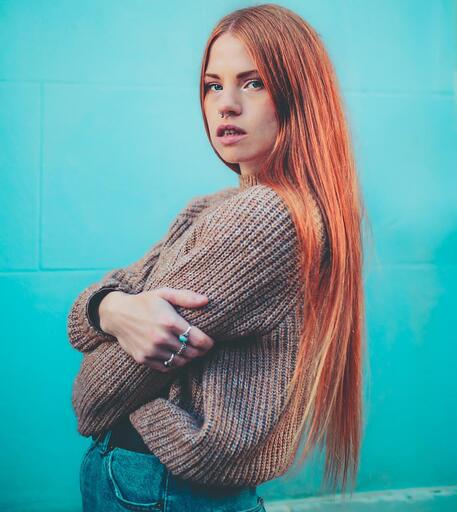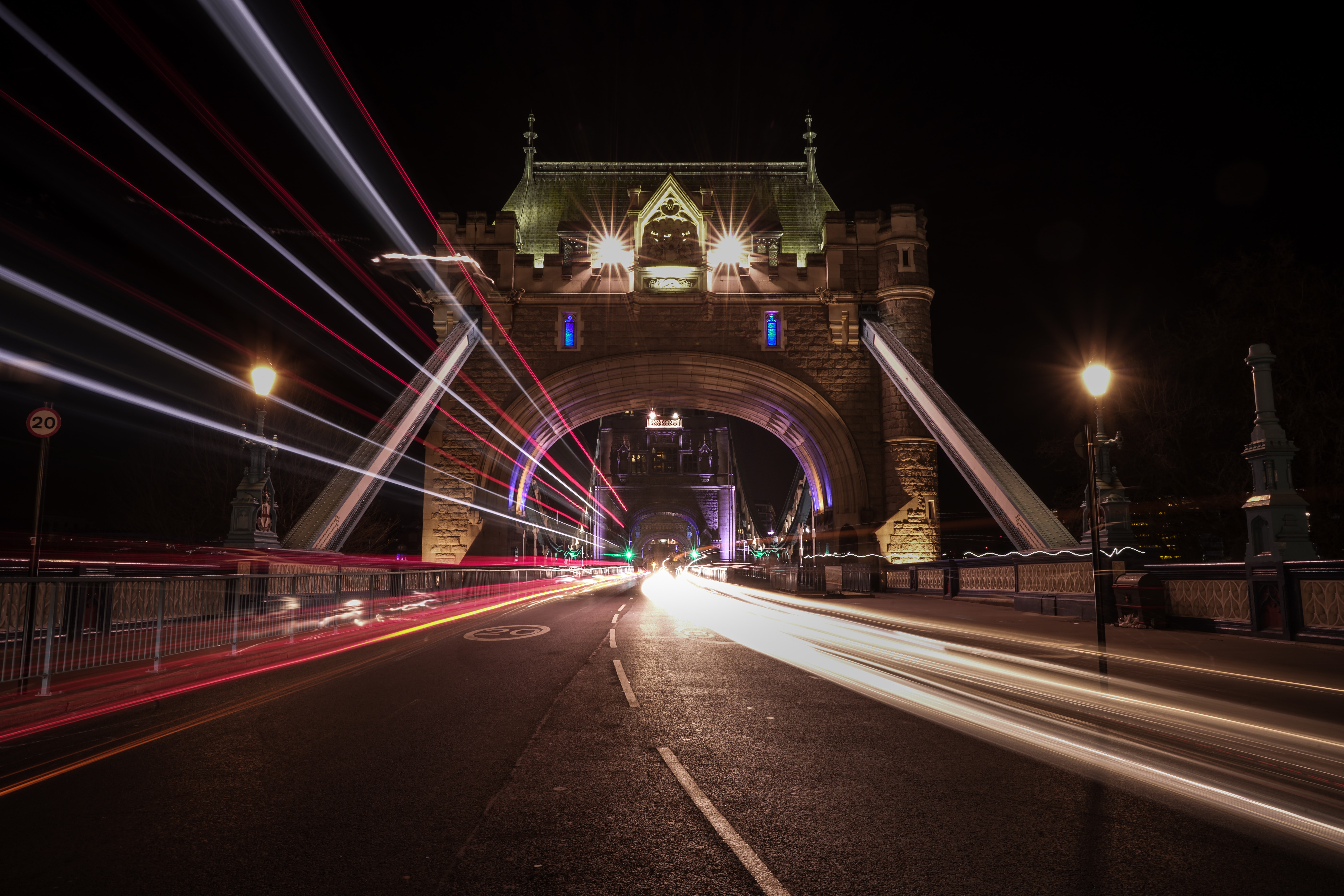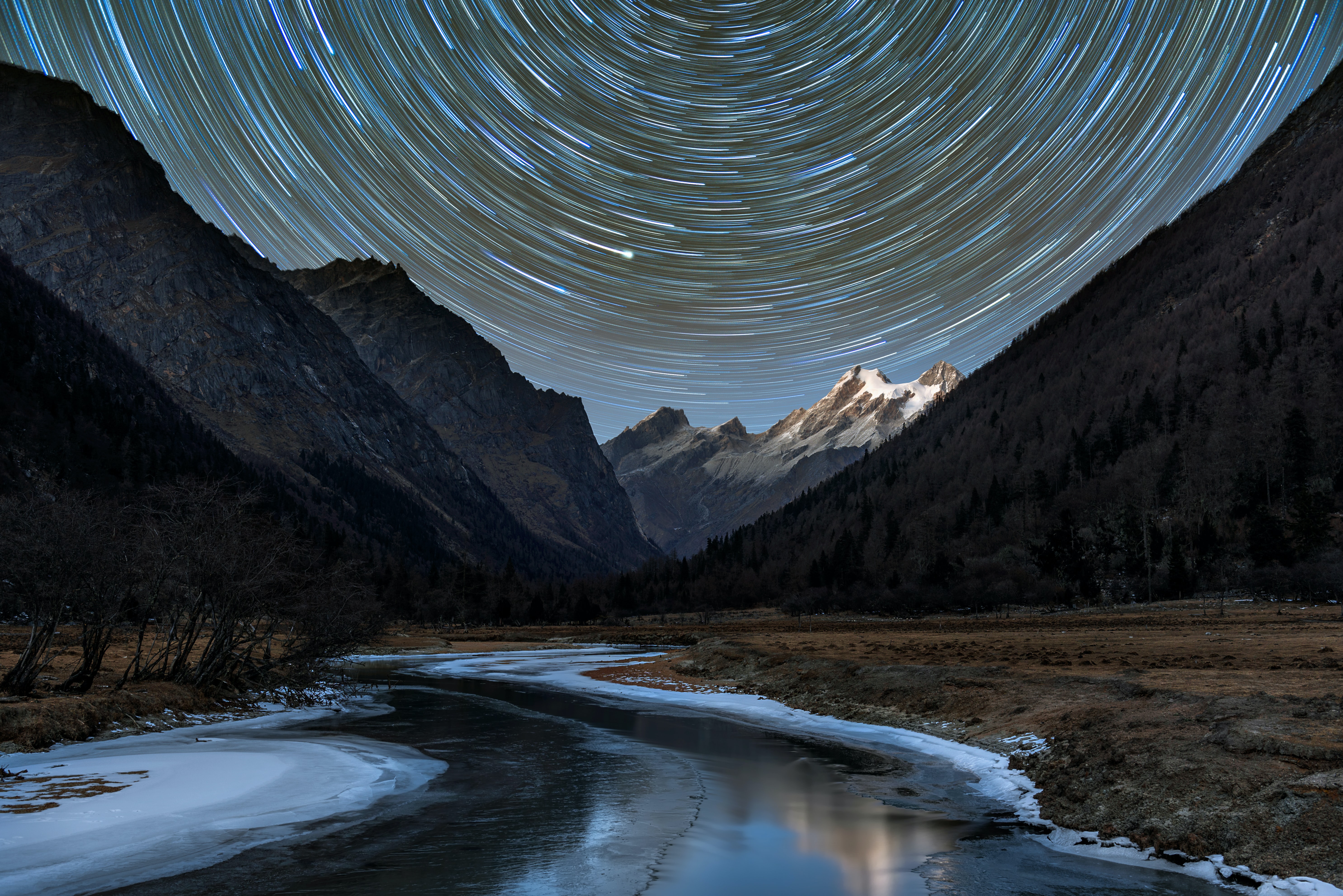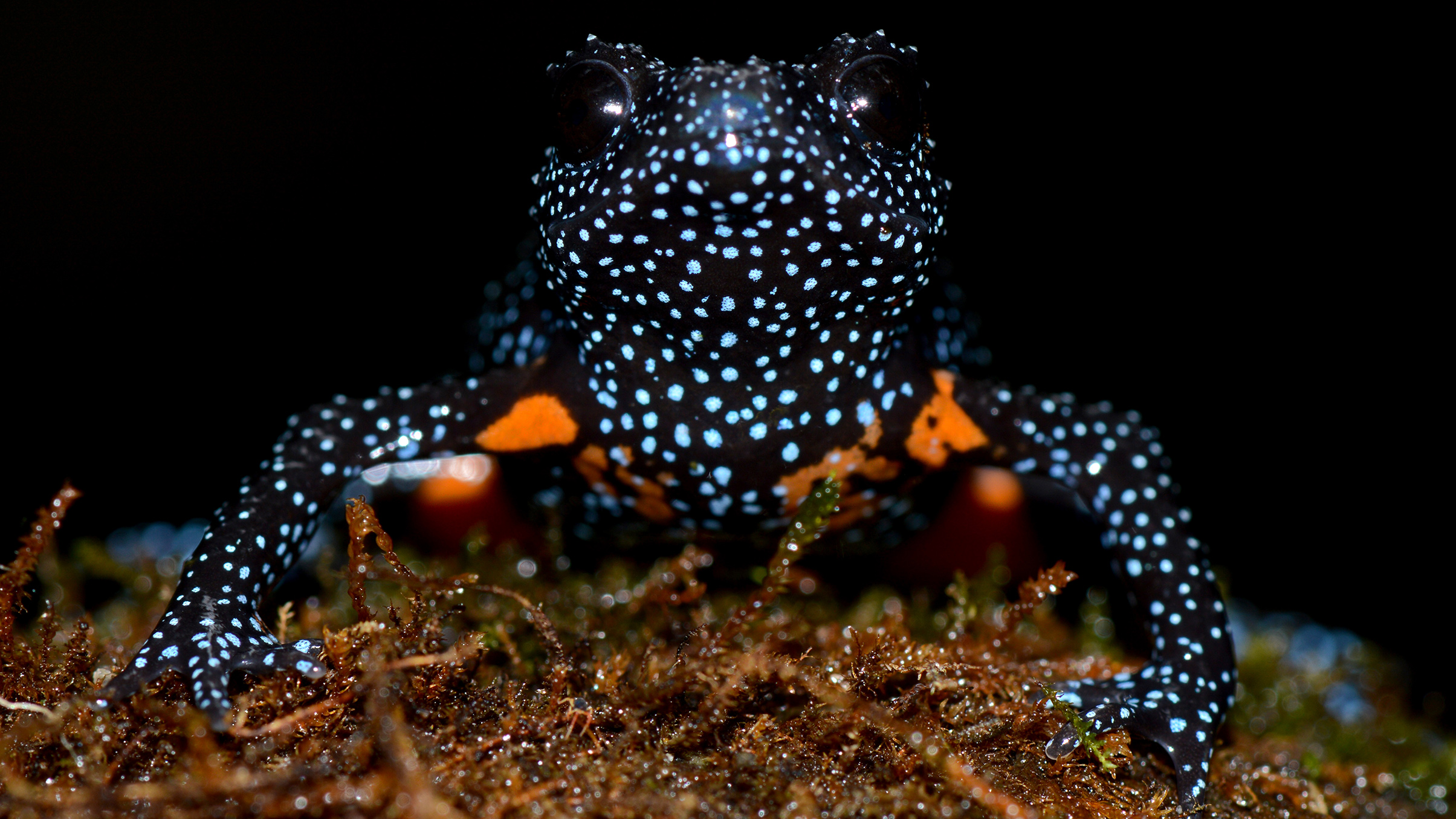My love / hate relationship with long-exposure photography
There are lots of reasons you might need to use a long exposure – but light trail photography is not the one

I have a bit of a love / hate relationship with long-exposure photography. When done properly, it can deliver photos that you just can't create using standard exposure times, but when done badly it can look a little tacky. When shooting seascapes, waterfalls or the night sky, long exposures are not only essential but very effective – and with a little bit of post-processing, you can create some really stunning images.
We’ve all done it: set our tripods up next to a road, connected our shutter release cables and waited for traffic to go by to take the shot. When you first start out in photography, it is a good way of getting to grips with long exposures because the effect is visible almost instantly – but I think that’s where long exposures of vehicles should stop.
• Looking for the best tripods for photography?
I’m aware this is a controversial opinion, perhaps it even makes me boring, but there is just something about those trailing lights that I’m just not a big fan of. It can look effective when it’s done well, and the composition and location have been really thought about, but setting your camera up on the side of any old road and hoping for the best isn't enough (in my opinion) to take breathtaking photos.
Another reason I don’t like these drive-by long exposures is they all seem to be edited in exactly the same way: very polished, high contrast and blue shadows with a very moody feel. This carbon copy approach to image-making takes away all the creativity, leaving you with a soulless image.
Long-exposure photography does have its place, though, and it can create really beautiful photos. When shooting seascapes or waterfalls long exposures are a brilliant way of capturing a more artistic version of what you see in front of it. Rather than freezing the moving parts of the image (such as the waves, river or clouds), it'll add a tranquil, dreamy dimension to your pictures.
Another really good use of long exposures is to capture a city scene that has no people in it. Other than during the Covid lockdowns, it's very rare that you can take a photo in a busy, built-up area without cars or people being in it. You could spend time in post-processing, tediously cloning out everything you don’t want in the image, but by using one of the best ND filters and long exposure, you can almost completely eradicate moving vehicles and people from your image, leaving you a very Insta-worthy photo.
The best camera deals, reviews, product advice, and unmissable photography news, direct to your inbox!
For astrophotography, long exposures are a must – especially if you want to capture a star trail. They enable you to capture the stars in all their twinkling glory, though you need to be mindful of the moon phase as even a waning crescent moon will provide too much light and make your stars less visible.
So basically my hate isn’t directed at long exposures, per se, but long-exposure light trails. I think they’re a great way of learning about long exposures and balancing shutter speed, ISO and aperture, but beyond that I’m just not all that interested. If you really want to put long exposures to good practice, have a go at shooting the night sky, take a trip to your local beach or park yourself in a busy part of town and see the crowds vanish for yourself.

Having studied Journalism and Public Relations at the University of the West of England Hannah developed a love for photography through a module on photojournalism. She specializes in Portrait, Fashion and lifestyle photography but has more recently branched out in the world of stylized product photography. Hannah spent three years working at Wex Photo Video as a Senior Sales Assistant, using her experience and knowledge of cameras to help people buy the equipment that is right for them. With eight years experience working with studio lighting, Hannah has run many successful workshops teaching people how to use different lighting setups.


